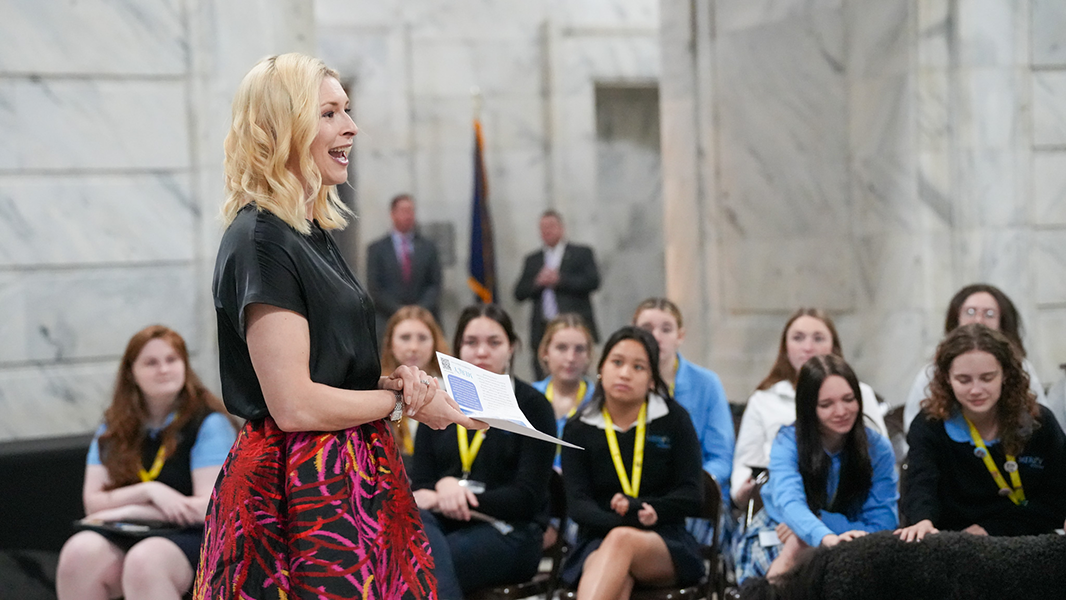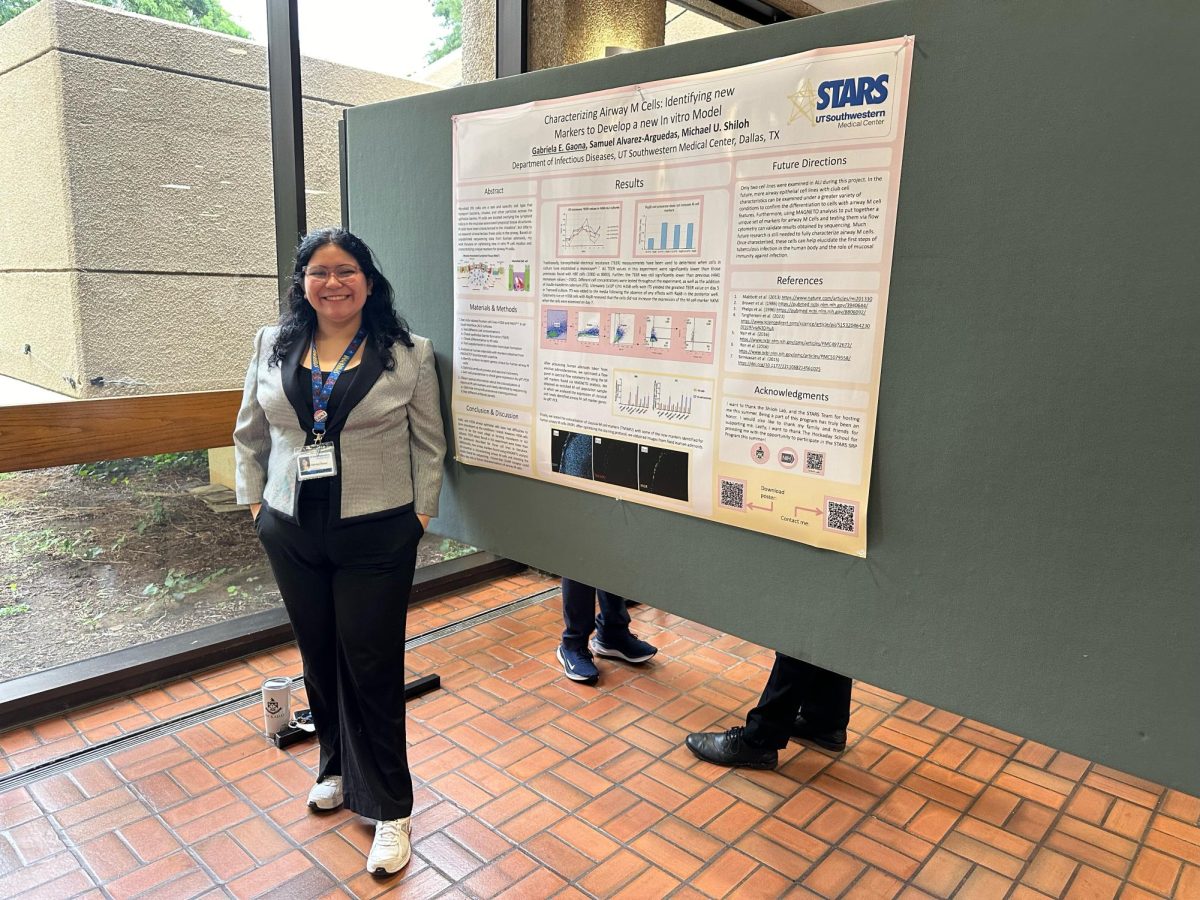Students struggle to adjust to the loss of FirstClass
Nineteen years ago, FirstClass was introduced as Hockaday’s primary email and online conferencing software. It was not initially received with high praise. Likewise, the switch to Microsoft Office 365 this year has been affronted by fierce resistance as the majority of students still lament the loss of FirstClass.
FirstClass, a collaboration platform, featured private email, file storage and sharing, calendaring and instant messaging. It required that the full software be installed on a device.
Most Hockaday students are now accustomed to using the full program of the email service Outlook that is installed on their computers. However, this service can also be accessed in a web version offered through Office 365. Office 365, a suite of programs, also offers students entry to other services built around the Microsoft Office platform, such as SharePoint, through any device with internet access by logging onto a website through a web browser. The web version of Outlook mainly differs from the full program of Outlook in that it lacks a few features of the full client, such as the ability to move and categorize information and create rules.
As students transition toward using Office 365, SharePoint, an online collaboration platform offered by Office 365, has in particular generated a highly unfavorable response from the Upper School student body.
Senior Emily Marucci, who had been using FirstClass for seven years before the switch at the beginning of the school year, noticed this negative response. She said most students do not feel inclined to access the SharePoint portal because it is an extra site to which they have to login. “It seems like a hassle to use so many different websites,” Marucci said.
George Hanlon, assistant director of technology and lead academic coordinator, credits the overall negative response to SharePoint to the fact that “change is hard” and argues that not “everything in life” is “all in one place.”
Marucci agreed. “People are reluctant to change because they are still adjusting to the loss of FirstClass and the new layout of Outlook,” she said. “Despite the fact that we are supposed to be in a technology-savvy era, we are struggling to use SharePoint. We are being bombarded with too many changes and perhaps don’t see its value yet because we haven’t given it a chance.”
Hanlon said the current negative response toward moving to SharePoint is also a result of the initial dearth of information posted on the site. “When we started using SharePoint, it was like a blank slate,” Hanlon said. “There was no reason to go to it.”
However, the amount of information on the Hockaday SharePoint site is growing—seemingly without most students knowing. “SharePoint still seems like a foreign tool,” Marucci said.
The site currently contains links to various public websites, such as Family Connection, MyBackpack, X2VOL, the Hockaday video portal, library databases and the Upper School course catalog.
Teachers have also created class wikis, such as Middle School’s science notebooks and student blogs, and uploaded them to SharePoint. “Students put their blogs together with their observations, so it’s an opportunity for students to use a tool to communicate and to post content,” Hanlon said. In fact, senior Jennifer Kwon, who served as Technology Board Chair for the 2013-2014 school year, believes that SharePoint will be assimilated more smoothly into the Middle School community, as the students have never used FirstClass.
The SharePoint portal also features many student resources, such as the lunch menu, lost and found, a full student calendar, summer science, technology, engineering and math research opportunities and video tutorials for technology training. It contains pages for US forms, Student Council and clubs and compiles student life announcements and documents.
Hanlon argues that the combination of SharePoint and Outlook is “far superior” to the FirstClass software.
Hanlon believes that the root of the problem involving SharePoint is getting students to learn how to use the portal. “The site is actually really easy to use if people try,” said recently-inducted Technology Board Chair junior Lakshmi Uppalapati.
Hanlon hopes to encourage more students to use SharePoint as a method of collaboration with others by both using and posting information, which he said will result in an increased need to use the portal.
“The purpose of Sharepoint isn’t to create the need to collaborate,” he said. “It is to facilitate the collaboration.”
Though he wants more students to feel the need to visit it, so that it is not a burden, he does not want to forcefully push the students toward using the site.
“I’m more interested in encouraging people to use it and letting them encourage their members to provide the link,” he said. “I don’t think it’s most effective to have a big campaign and try to artificially create the need for people to go there.”
As student’s interest in the site grows, Hanlon believes that the site will evolve as well.
During Town Hall on Jan. 23, a student proposed replacing SharePoint with one large page on Haiku Learning, but each site functions very differently and serves an individual purpose, according to Hanlon.
“The purpose of Haiku is to meet the needs of the learning management system and of classes being organized,” Hanlon said. “SharePoint, if people decide to use it, can meet the needs of communicating outside of class.”
While Haiku replaces dropboxes and class folders on FirstClass, SharePoint replaces Upper School Notices and Faculty to Student Announcements, among other tools.
“By and large, SharePoint is not going to compete with Haiku,” Hanlon said. “It’s just going to augment it in areas. There are things Haiku doesn’t do, so you can use SharePoint.”
Kwon said the student body has gradually progressed toward using SharePoint with the help of Hockaday’s Technology Board and Department. “I know that people at least started to go on SharePoint to check lunch menus, and I think that’s a step we took,” she said.
Kwon believes that the response is déjà vu.
“Even FirstClass that we were all used to took six to seven years for people to adapt to when it was first initiated,” she said. “I’m thinking once a certain amount of time passes, people will get used to SharePoint.”
Hanlon also believes that using SharePoint will introduce students to a popular program they may use in the future as they enter the career world.
Statistics confirm this popularity. According to Microsoft market research, 78 percent of the Fortune 500 companies were SharePoint users in 2010. In 2009, SharePoint had more than 100 million users.
“This is a program that there is a very good likelihood students will see again,” Hanlon said.
– Catherine Jiang






